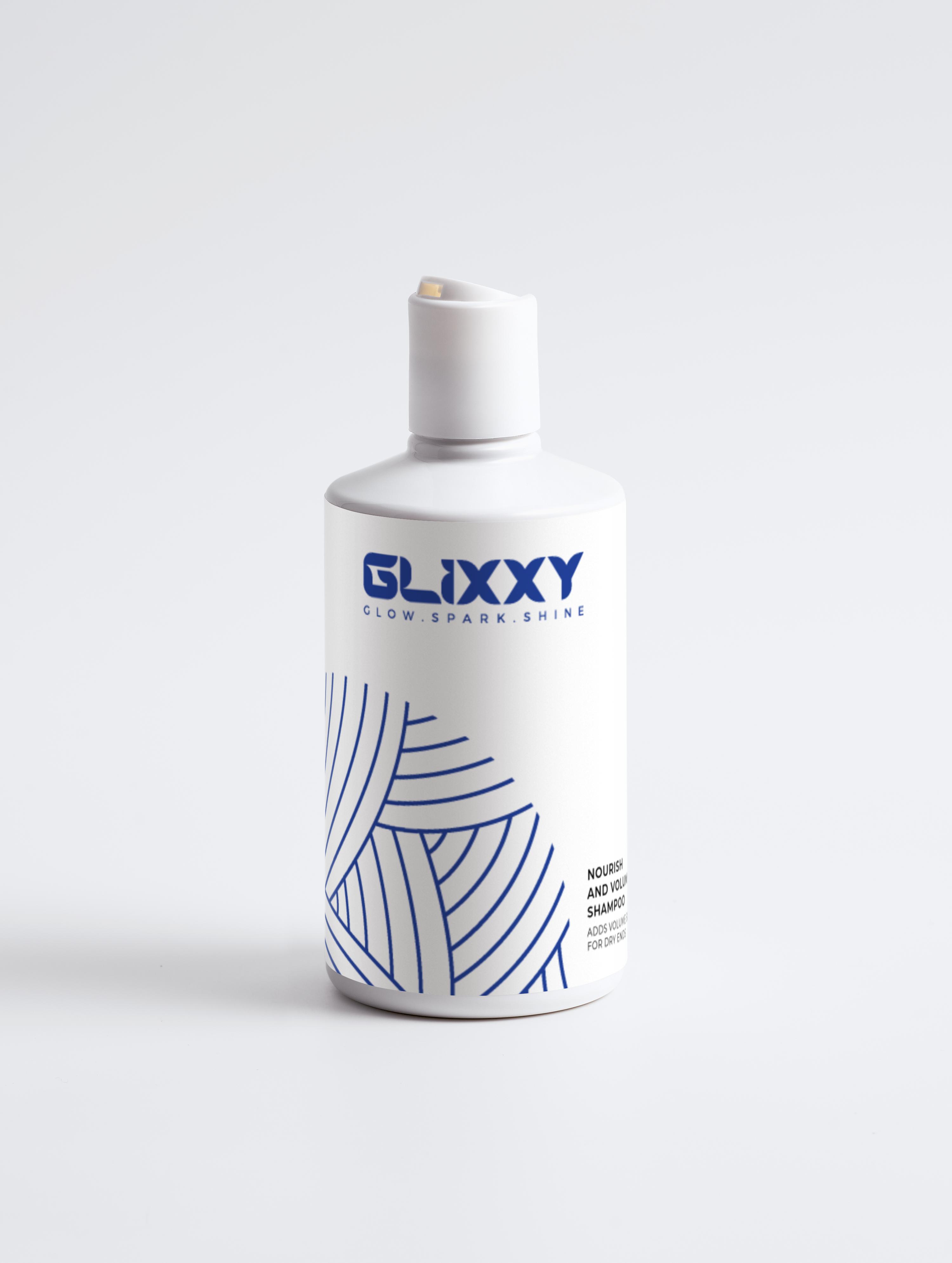Ever feel like your skin needs a little extra care? AHA and BHA can only be what you are missing! But how do you pick the right exfoliant for your needs? The truth is that both AHA and BHA have their strengths to fight for smooth, glowing skin and reduce acne and oily pores. The understanding of their differences will make a clear difference in your skincare routine.
Don't worry, this guide will explain how these two acids work, which one you should choose, and how to use them for maximum results. Also, we will show you how to combine them for the perfect glow-up. Are you ready to explore Glixxy products?
AHA vs BHA: Shared Benefits

AHA and BHA are both strong exfoliants that remove dead skin cells to get smooth and bright skin. Both acids are used to improve skin tone and help reduce fine lines over time, giving you a healthy glow with extra effort in your skincare routine.
AHA vs BHA: Understanding the Differences
|
Feature |
AHA |
BHA |
|
Solubility |
Water-soluble |
Oil-soluble |
|
Best for |
Dry skin, sun damage, fine lines |
Oily skin, acne, blackheads, whiteheads |
|
Penetration |
Surface-level exfoliation |
Deep exfoliation penetrates pores |
|
How it works |
Exfoliates the outer layer of skin |
Unclogs pores, dissolves oil and debris |
|
Common Forms |
Glycolic acid, lactic acid |
Salicylic acid |
|
Skin Concerns Addressed |
Dull skin, fine lines, pigmentation |
Acne, blackheads, large pores, inflammation |
Which is good to choose for your skin?
AHA (Alpha Hydroxy Acid):
If you feel dry, dull skin or early aging signs, AHA should be your first choice. It exfoliates your skin surface, removing dead skin cells to reveal smooth and bright skin. Consider it for a quick, fresh look at your face!
AHA comes in different forms, including:
- Glycolic Acid: Great for exfoliating and brightening the skin.
- Lactic Acid: Excellent for dry skin and boosting hydration.
- Tartaric Acid: Found in grapes and helps to tone and smooth.
- Citric Acid: Extracted from citrus fruits, it brightens the skin.
- Malic Acid: A gentler option for sensitive skin.
- Mandelic Acid: Perfect for sensitive skin types, exfoliates and minimizes fine lines.
Shop Glixxy's best Icelandic Volcano AHA Face & Body Scrub for all types of skin, and AHA Peeling Concentrate refines texture, fades pigmentation, and delivers a lasting glow without harshness.
BHA (Beta Hydroxy Acid):
If you are struggling with oily skin and closed pores, choose BHA. BHA is an oil solution; It can enter your pores deeply to clean the oil and protect your skin. The most common form of BHA is:
- Salicylic acid: It can open pores, reduce pimples, and prevent future outbreaks. This is especially good for inflammation and sensitive skin because it has anti-inflammatory properties that help calm redness and inflammation.
How to Combine AHA and BHA
Use both acids, AHA and BHA, alternately in your skincare routine. For example, use AHA during the daytime to prevent dullness or signs of aging, and apply BHA at night to tackle acne or blackheads. First, use them on alternate days, and remember, don't apply AHA and BHA on one another. So it can cause irritation and redness.
Conclusion:
So, which acid should you choose? AHA enhances the brightness, hydrates your skin, reduces fine lines, and gives you a smooth glow. But if your most important concern is acne, clogged pores, or oily skin, BHA will show a clear difference. The combination of both can double the results and help with extra skin care for a clear, bright complexion.
Pro-Tip:
Remember that everyone's skin is different, so first use it on a small area and see what works best for you. Click to shop now at Glixxy and add to your cart the right exfoliator, which can enhance your skincare and bring out healthy, shiny skin.









